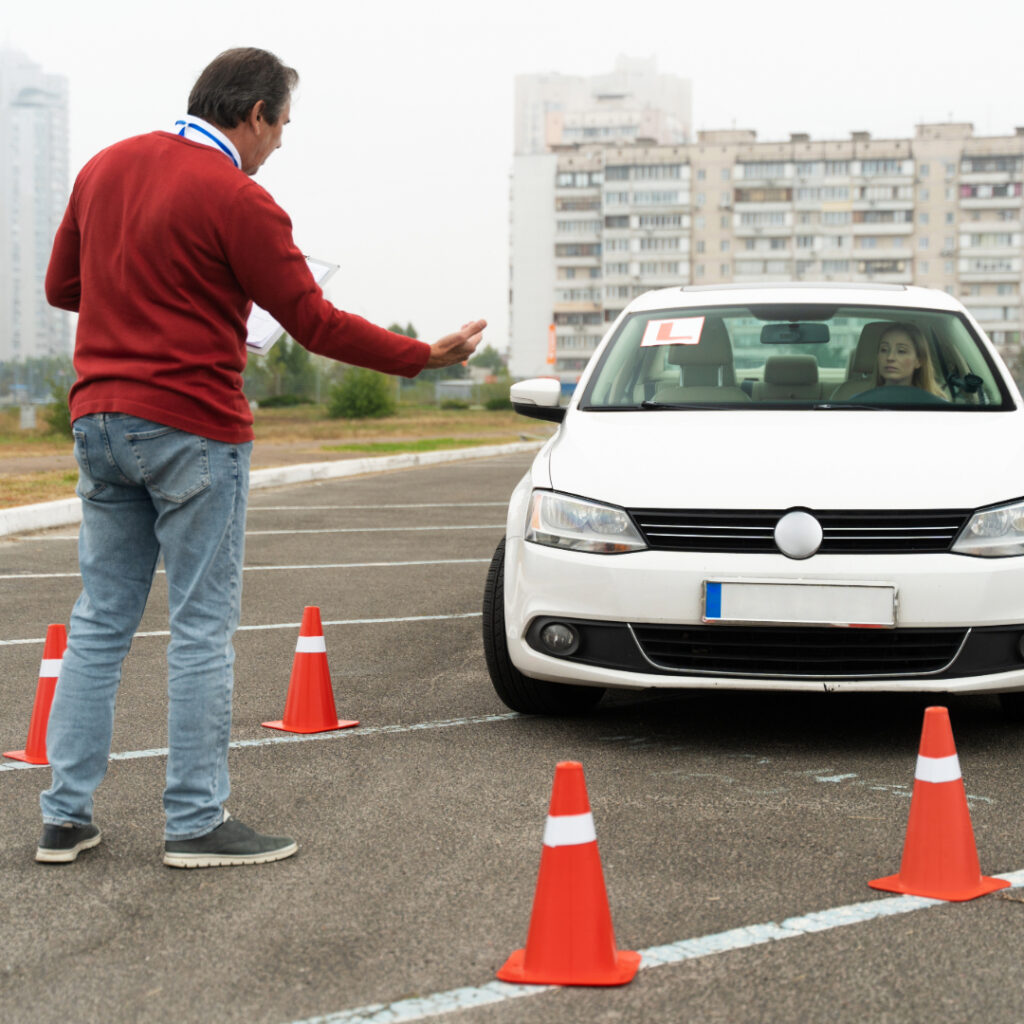The Impact of Speed Limits on Road Safety: Why They Matter
Maintaining a proper speed limit is one of the fundamental concepts of road safety worldwide. Speed limits do not support road safety and traffic regulation alone; they are an essential factor of driving that protects all road users, passengers, pedestrians, and cyclists, not just drivers. In this blog, we will explore the importance of road safety speed limits, how they improve road safety, and some practical road safety tips. So, let’s ride on!
Traffic and Road Safety
Traffic management is an important part of road safety. Speed limits play an important role in this process by controlling the speed at which a vehicle travels on the road, thereby reducing the risk of accidents. Speed limits are more than just numbers on a sign—they are crucial safeguards that protect us and our loved ones every time we hit the road.
Since most collisions result in fatalities, strategic interventions like speed management can greatly minimize and increase road traffic safety. India saw a 9.4% increase in traffic deaths in 2022. Approximately 71% of all fatalities are caused by speeding, making it the most common cause of death. This makes road safety traffic rules and regulations all the more critical.
Traffic and Safety Considerations for Travelers
Understanding and adhering to speed limits is a vital aspect of road safety for travelers. Pay attention to road signs while driving in unfamiliar areas and adjust your speed accordingly. In addition to legal penalties, speeding can lead to increased stopping distances, reduced reaction times, and a higher likelihood of losing control of the vehicle.
It is also important to note that speed limits can change due to construction zones, school zones, and adverse weather conditions. Awareness, active response, and responsiveness to these changes can prevent accidents and improve road safety. In addition, navigation tools that alert you to speed limit changes can be beneficial.
Pedestrian Safety
Pedestrian safety is crucial in traffic management. Speed limits for roads and road signs are specifically designed to protect pedestrians. Lowering speed limits can significantly reduce the likelihood of pedestrian deaths due to collisions. According to the World Health Organization, pedestrians have a 90% chance of surviving a crash at 30 km/h or below, which decreases significantly at higher speeds.
Drivers need to exercise extra caution in places where there is a lot of pedestrian traffic, such as school zones, crosswalks, and residential districts. Pedestrian safety traffic rules are thus important to ensure drivers have enough time to respond. Slowing down also simplifies stopping in case a pedestrian abruptly crosses the road.
Tips for Passenger Vehicle Drivers
The following are some essential tips for passenger vehicle drivers to ensure road safety and enhance road traffic safety for themselves and others.
- Avoid Blind Spots
The spaces surrounding your car that are invisible in your mirrors are known as blind spots. Trucks and buses are good examples of large vehicles with massive blind areas. Always be aware of these spaces and avoid spending too much time there. To make sure there are no cars or pedestrians in your blind zone when changing lanes, make good use of your mirrors and be sure to look both ways before you change.
- Be Aware of Long Stopping Distances
Some large vehicles, such as trucks and buses, need a lot of space on the road to stop safely. One must be aware of this while driving and leave enough extra space for the large vehicle to pass through or stop smoothly.
- Anticipate Wide Turns
Buses, tractors, and other large vehicles can take up significant space while taking turns. As a driver, you must be aware of this and anticipate wide turns so that the large vehicle has enough room. Pay close attention to prevent the vehicles from colliding.
- Stay Back
Large vehicles can be much higher from the ground than smaller vehicles. If there is an accident, the smaller vehicle can easily slide under the large one if it is too close to the large vehicle on the road. It is, therefore, important to maintain a safe distance from the back of the large vehicle.
- Merge and Pass Safely
When trying to merge into the main road, signal other vehicle drivers to ensure road traffic safety, leaving extra time for them to make space for the merging vehicle. Use a controlled and steady speed, check the blind spots, wait for a safe gap, and look for other large vehicles.
- Be Patient, Buckle Up, Stay Focused
Always use a safety belt and buckle up. Remain patient and stay focused on the road ahead. Avoid getting distracted to keep yourself safe while driving and ensure road safety. Avoid driving under the influence or when fatigued.
FAQs
- What are the most important road safety tips for drivers?
The most vital road safety tips are as follows:
- Always wear your seatbelt before you hit the road.
- Avoid distractions like mobile phones or other activities that divert your attention from driving.
- Obey traffic rules and speed limits.
- Maintain a safe following distance and check your mirrors and blind spots.
- Stay calm and patient while driving and in traffic.
- How can I improve my road traffic safety?
To improve your road traffic safety, it is essential to be aware of and updated on traffic laws and rules. Avoid driving at night, when tired, or when under the influence. To remain safe on the road, ensure you know where you’re going and plan your route. Use all the car safety features and practice safe driving habits.
- What are the primary causes of road traffic accidents?
The primary causes of road traffic accidents are speeding, reckless driving under the influence or otherwise, lousy weather conditions, and vehicle defects.
